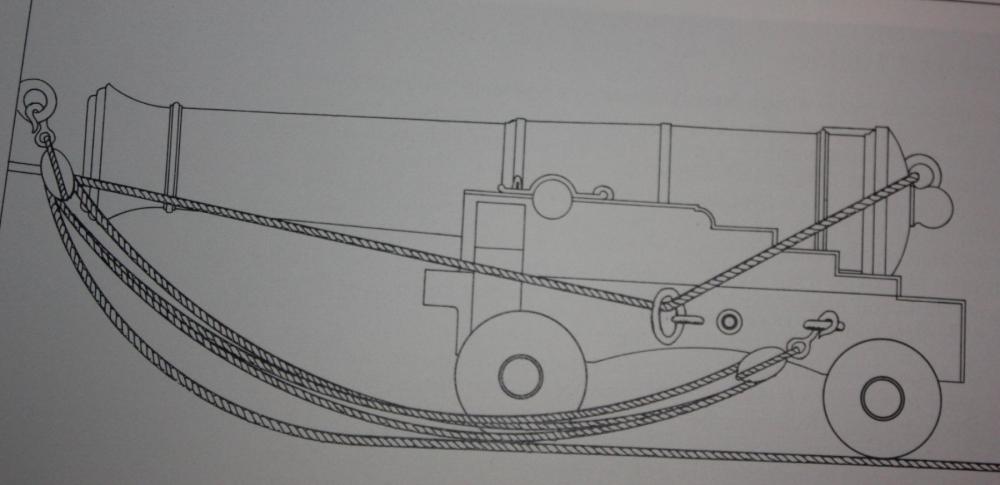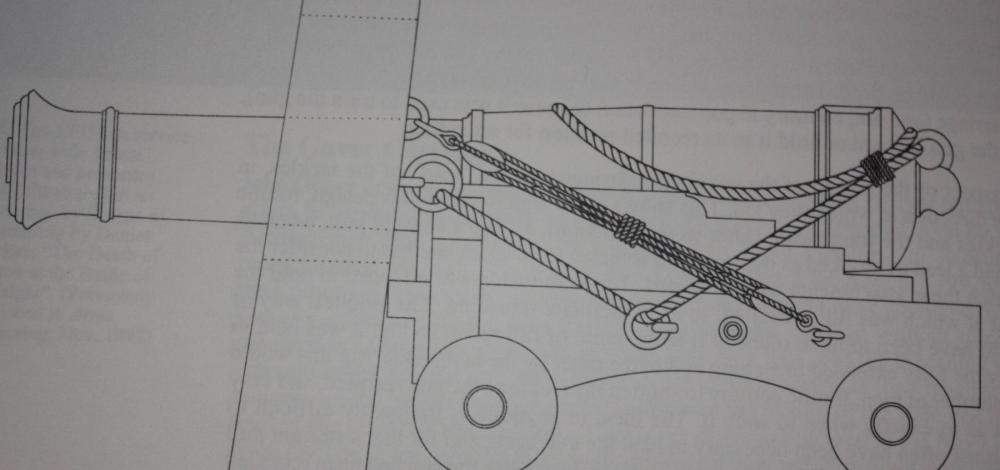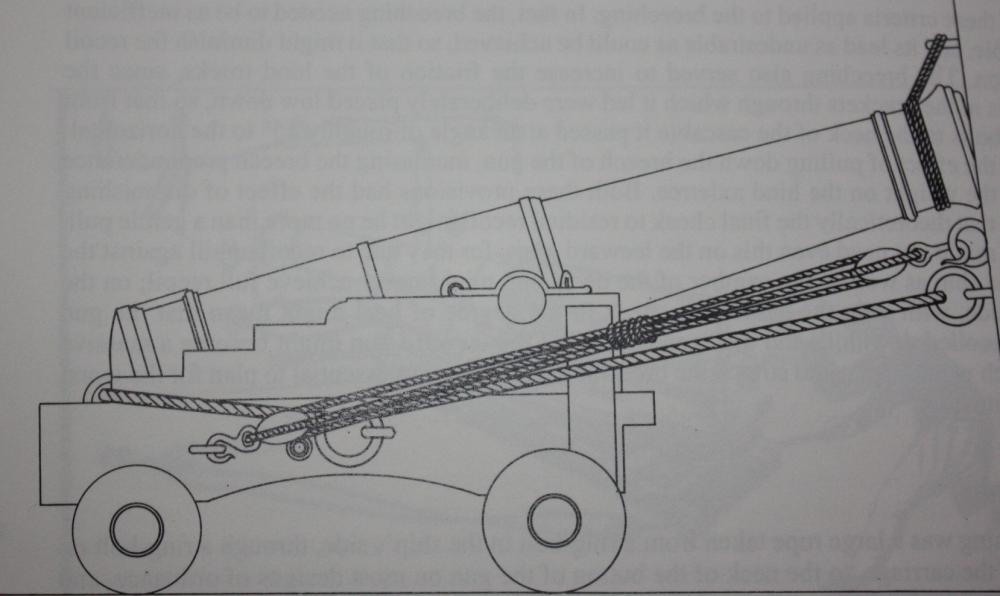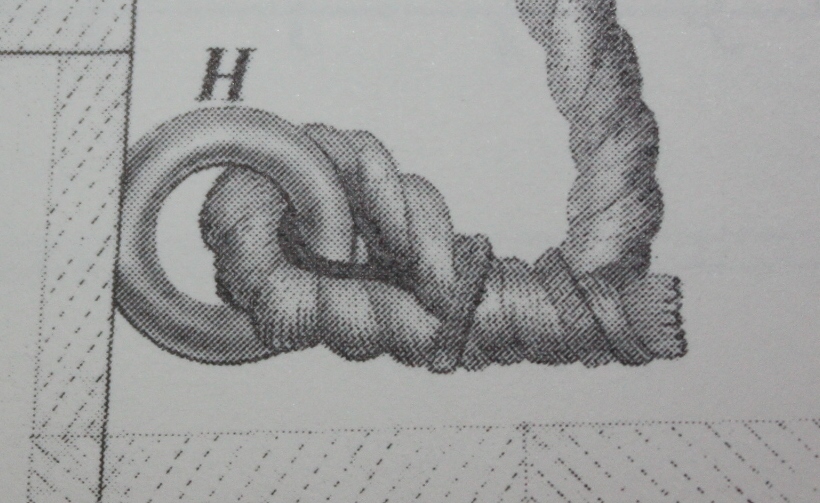-
Posts
8,149 -
Joined
-
Last visited
Content Type
Profiles
Forums
Gallery
Events
Everything posted by allanyed
-

Tools and Supplies for My "Shipyard"
allanyed replied to daveward's topic in Modeling tools and Workshop Equipment
Julie, The one thing that sort of jumped out at me is that you have no chisels listed. GOOD quality chisels from about 1/8" wide to upwards of 1/2" wide and good quality sharpening and honing pieces are indispensable at times. Not so much for the planking, but for many other things. Allan -
Welcome to the crew. What's your name? I don't think ftnemtst is it :>) Allan
-

Tools and Supplies for My "Shipyard"
allanyed replied to daveward's topic in Modeling tools and Workshop Equipment
Gaetan and anyone else that has experience with Swann Morton or other brands of scalpels, Having used Xacto for so long I never even thought to look for something better. So, butter knife versus steak knife. How long do they last compared to Xacto blades? Can they be sharpened? I am ready to give it a shot, but would like any advice/information anyone has on the Swann Morton blades. Many thanks Allan -
You can make panes for your stern and gallery lights and lanterns and such with your "everyday" white glue. Thin it a bit with water until it is a consistency you feel comfortable with and it will work the same as the products shown in the previous posts. None of them will hold up like a piece of mica or clear plastic though. Allan
- 396 replies
-
- Idea
- Bright Idea
-
(and 1 more)
Tagged with:
-
Sorry to keep this off topic, but if it is a choice between you suffering and your daughter getting to attend either one of those school, well, suffer a few days, it will be worth the life time of opportunities graduating from one of those fine schools can bring her. (Good luck with the tooth though)
- 1,051 replies
-
- cheerful
- Syren Ship Model Company
-
(and 1 more)
Tagged with:
-
Two weeks plus late, but what the heck. Chuck, you mentioned dust. Here is another one to keep in mind. Don't wear a sweater when applying paint or other finishes. Druxey related a story to me a number of years ago about trying to figure out what the heck happened to the finish on a model he was working on. His workshop is extremely clean but he had problems with something getting on the finish and could not figure out why. Turns out it was tiny fuzzies from the sweater he was wearing if I remember correctly. Allan
- 269 replies
-
- Queen Anne Barge
- Syren Ship Model Company
-
(and 1 more)
Tagged with:
-

soldering iron or torch? advice please
allanyed replied to Mark Pearse's topic in Metal Work, Soldering and Metal Fittings
It has been a while, but cigar shops always had butane as the lighters for cigars are nothing more than a mini torch, and yes, that is what I used for silver soldering before I bought my mini torches. Allan -
Alan To show off the lines between pieces, it appears you did what I like to do, use pieces of wood from different parts of the same stock or a different piece of stock of the same species. Just having the grain run in different directions will also show the joint line. The down side is that the joint better be really good as are yours, otherwise any gap or such will "shine" through. Allan
-

Sources for Rigging tables before Steel 1794 wanted
allanyed replied to archnav's topic in Masting, rigging and sails
Michael Are you referring to the Medway specifically or some other ship? According to the RMG Collections, Medway 1742 and Dreadnought 1742 both were built to the 1733 Establishment proposals, thus a beam of 41 feet versus 39 feet as specified in the 1719 Establishment. Allan -

Sources for Rigging tables before Steel 1794 wanted
allanyed replied to archnav's topic in Masting, rigging and sails
What Wayne said :>) You might try Danny V's tables and you should get accurate information. Allan -

Sources for Rigging tables before Steel 1794 wanted
allanyed replied to archnav's topic in Masting, rigging and sails
Michael, I forgot to mention in the last posting, that the masts and spars were proportionate to the beam of the ship at that time, therefore, with a change of the beam in ships built to the 1733 modifications, the spar dimensions would have changed as well. Allan -

Sources for Rigging tables before Steel 1794 wanted
allanyed replied to archnav's topic in Masting, rigging and sails
Michael, I suspect as is often the case, it depends on the rate or maybe even the specific ship and a bit on the shipwrights. The 50s and 60's were made slightly larger based on the 1733 modifications to the Establishment. Bigger changes came with the 1745 Establishment. Examples of a 60 gun fourth rate HMS Windsor 1729 built to the 1719 Establishment, Length on the gun deck 144' 0" Beam 39' 0" HMS Warwick 1733, built to the 1719 Establishment, Length on the gun deck 144' 0" Beam 39' 0" HMS Stafford 1735 built to the 1733 modifications of the 1719 Establishment, Length on the gun deck 144'0" Beam 41' 5" HMS Tiger 1747, built to the 1745 Establishment Length on the gun deck 150' 0" Beam 42' 8" Allan -

Sources for Rigging tables before Steel 1794 wanted
allanyed replied to archnav's topic in Masting, rigging and sails
Michael :D Just don't turn into a sesquipedalian for crying out loud. The 1719 Establishment was given some minor changes in 1733 and 1741 and were ship size specific, not across all rates. For example the 50's and 60's were changed slightly in 1733, but not the others. The 70's became 64s in the 1741 proposals is another example. Armament changes took place in that heavier guns was one of the desired end results. Allan -

Sources for Rigging tables before Steel 1794 wanted
allanyed replied to archnav's topic in Masting, rigging and sails
Michael, With the information put together by Danny V, I am not sure a book of tables would be worth publishing. Something to be said for paper, but Danny did a fantastic job and I'm not so sure there is anything to add to that mix. Something to think about I suppose, but not sure it would be a good investment. Allan -

Sources for Rigging tables before Steel 1794 wanted
allanyed replied to archnav's topic in Masting, rigging and sails
Wayne, Michael and Tom, I have a copy of the 1745 Establishment dated 5 August of that year signed by Allen, Lock, Ward, et al. It is 41 pages long, and was what I used for the appropriate columns in the scantlings book. It is available for purchase through the RMG Collections web site. It does not give sizes of the lines, but it does include sizes of masts, spars, and tops for 100 gun down to 24 gun ships. The 1719 Establishment is also available. It is dated 11 November 1719, 42 pages long and also available from RMG collections. Allan -

Sources for Rigging tables before Steel 1794 wanted
allanyed replied to archnav's topic in Masting, rigging and sails
Jaager Thank you for the recommendation on The Scantlings of the Royal Navy 1719 - 1805, BUT -----> Tom, unfortunately I did not include any rigging information in the book as neither Steels Elements, the Shipbuilder's Repository nor the Establishments gave any rigging information, at least that I came across in my research. That said, Lees gives all the dimensions one would need for British vessels, but he does so via ratios or proportions that lead back to the mast diameters and even hull dimensions. It is a long road to travel to get to each line's circumference. He also gives a series of charts with the masts and spars dimensions for various periods so all calculations can be made and I presume will be as accurate as anything else other than specific rigging charts for specific ships if they exist. It would be far easier to have a set of charts for the various periods and vesssel sizes rather than having to do all the calculations, Hmmmmm, wonder if such a little book would be of interest...... Allan -
Nice blocks on the Wooden Boat Builder forum! Still don't know that these modern blocks are representative of contemporary blocks but I agree, seizing stropping for scaled blocks that small may be an adventure that is too much to ask to take. I just looked at some photos that I took of models at Preble Hall and there is no seizing on the strops that I could zoom in on. Allan
-
Brian The photos are super, shows very neat work. Questions ---> shouldn't the stropping be seized the entire length as shown in figures127 and 128 in the drawings Popeye posted and is tarring the stropping standard? I always thought the stropping was left untarred but now, I am not so sure. Thanks again for the photos! Allan
-

soldering iron or torch? advice please
allanyed replied to Mark Pearse's topic in Metal Work, Soldering and Metal Fittings
Mark, IMHO, soft solder is great for circuit boards, wiring and plumbing. For ship modeling silver solder is easier and stronger for what you want to do. The last thing you need is to be rigging your model and have one of the ears pop off when tensioning a line. As said above, jig the pieces together and/or use several different melt points of solder. If you do go with silver, paste is really easy to work with versus chips of silver. Having done both, I stay with the paste on small parts. Good luck Allan -
Can you post a photo of your ghost sails? This is a new one for me and I am curious about what they look like. Please give a name that we can use to address you properly. Thank you very much Allan
-
My understanding is that one end of the lanyard is attached to one of the hearts with an eye and after running through both eyes an odd number of turns, the other end of the lanyard is half hitched to the last two loops going through the eyes. I recommend getting Volume IV of the Fully Framed Model series by David Antscherl as he describes this area as well as all other areas in good detail and would be very helpful to you. Allan
-
Messis Are you asking how the lanyard ties the two together? Are they open or closed hearts? Allan
-

Steam Bending
allanyed replied to Julie Mo's topic in Building, Framing, Planking and plating a ships hull and deck
Julie What kind of wood is the planking? Thanks Allan -
Mike The first three drawings below are redrawn from Congreve's Treatise on the Mounting of Sea Service Ordnance, 1811 and is found on page 382 in Caruana's The History of British Sea Ordinance Volume II. The top is a gun run in. The middle is a gun run out and secured, and the third is a gun run in, secured and housed. The breeching is not detailed in these but two versions are shown on the last two pics which can also be found in The History of British Sa Ordinance. Allan
About us
Modelshipworld - Advancing Ship Modeling through Research
SSL Secured
Your security is important for us so this Website is SSL-Secured
NRG Mailing Address
Nautical Research Guild
237 South Lincoln Street
Westmont IL, 60559-1917
Model Ship World ® and the MSW logo are Registered Trademarks, and belong to the Nautical Research Guild (United States Patent and Trademark Office: No. 6,929,264 & No. 6,929,274, registered Dec. 20, 2022)
Helpful Links
About the NRG
If you enjoy building ship models that are historically accurate as well as beautiful, then The Nautical Research Guild (NRG) is just right for you.
The Guild is a non-profit educational organization whose mission is to “Advance Ship Modeling Through Research”. We provide support to our members in their efforts to raise the quality of their model ships.
The Nautical Research Guild has published our world-renowned quarterly magazine, The Nautical Research Journal, since 1955. The pages of the Journal are full of articles by accomplished ship modelers who show you how they create those exquisite details on their models, and by maritime historians who show you the correct details to build. The Journal is available in both print and digital editions. Go to the NRG web site (www.thenrg.org) to download a complimentary digital copy of the Journal. The NRG also publishes plan sets, books and compilations of back issues of the Journal and the former Ships in Scale and Model Ship Builder magazines.







